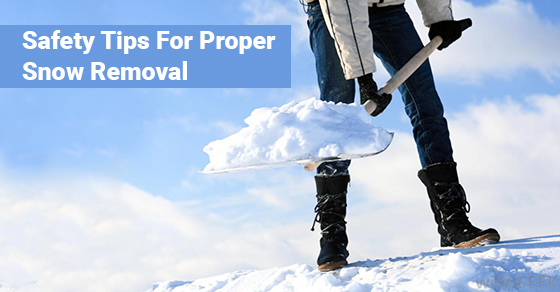Tips For A Drought-Tolerant Landscape Design
With the climate constantly shifting, droughts are becoming more and more prevalent. Preparing for a drought isn’t easy, especially if you are looking to maintain a beautiful landscape. You don’t know exactly when a drought will occur, leaving you with a shriveled landscape that looks like a desert wasteland has taken up residence on your property. In order to create a drought-tolerant garden and greenspace for your property, any decent landscape design company will recommend xeriscaping. This is a special technique that involves meticulous insight, but yields incredible results. Below you’ll find important tips for a drought-tolerant landscape design that will ensure that your plants and greenery flourish even when rainfall and water sources are scarce.
Planning Your Landscape
Take a look at your yard. Identify the shady spots and any existing vegetation that cannot be removed. When you understand the space you’re working with, it’s easier to come up with drought-tolerant landscape ideas. Keep an eye out for areas where the ground naturally slopes because these areas will play a key role in the natural drainage system of your landscape. Furthermore, determine the purpose of the entire area. Determine where the most foot traffic will be, and if it’s necessary to create a path for people to walk on. Stone paths can compliment any landscape and don’t need to be watered.
Analyze the Soil
Most custom landscape services involve soil analysis. This gives you an idea of the type of soil you’re working with, so you know how much improvement is necessary. A soil analysis also helps determine which types of plants will flourish in your space and which ones won’t grow at all.
Go Native
Once you have an idea of the type of soil you’re working with, you can select plants. A good rule for creating a drought-resistant landscape is to stick with native plants. Any plant that naturally grows in the region will require less watering and be well adapted to the local climate. When you bring in seeds from other places you’re looking at more watering and maintenance to help them grow.
Learn to Strategize
Group plants together based on how often they need watering. You should also come up with a watering strategy. For example, only water plants in the morning when the weather is cool, so that when the sun comes out, the water doesn’t evaporate. Moreover, avoid watering plants at night, because it can result in the growth of mould and fungus which are hard to get rid of during a drought. Finally, water your plants at their base, so there is less chance of evaporation.
Mulch Organically
Use organic mulch to help cool the plants’ roots and slow down the water evaporation process. Organic mulch is compatible with any soil and retains moisture efficiently, so if there is a drought, you can rest assured that your landscape won’t suffer.
Limit the Turf
Unless you are landscaping a soccer field, you should limit the use of high-input turf grass. This is only ideal for sports fields and not particularly drought-resistant. Although high-input turf may always seems to be a sparkling emerald green, it is difficult to maintain, and cannot stand up to a drought.
Collect Water Where You Can
Because a drought can hit without warning, you need to collect water when you can. This involves installing a rain barrel to capture rainwater, and taking advantage of downspouts. You can also collect water from basement dehumidifiers and pools. However, if there is a drought, you probably won’t be filling up your pool.
Weather Controlled Irrigation Systems
Weather controlled irrigation is the ideal solution for areas that experience frequent dry periods – and a strong investment for your property. These systems are programmed to irrigate at certain times per day when the soil will use the water most efficiently. The most advanced of these systems are connected to weather reports and will not turn on when it is predicted to rain.
Custom Landscape Services to the Rescue
The most effective way to design a drought-tolerant landscape is to take advantage of custom landscape services. Hiring a professional landscape design company will help you get the garden and foliage that you want, without sacrifices. Any reputable landscape design company will create the perfect drought-tolerant set-up for your property, whether it’s for a commercial space or your home.
Maintenance is Key
A little maintenance goes a long way. If you are trying to maintain a large property, you will probably want to hire a professional landscaper to handle upkeep. Even if you’re not dealing with a commercial space, custom landscape services are probably the best way to maintain your greenery. The better maintained your landscape is, the more drought-tolerant it will be.
